1. Empress Wu Zetian
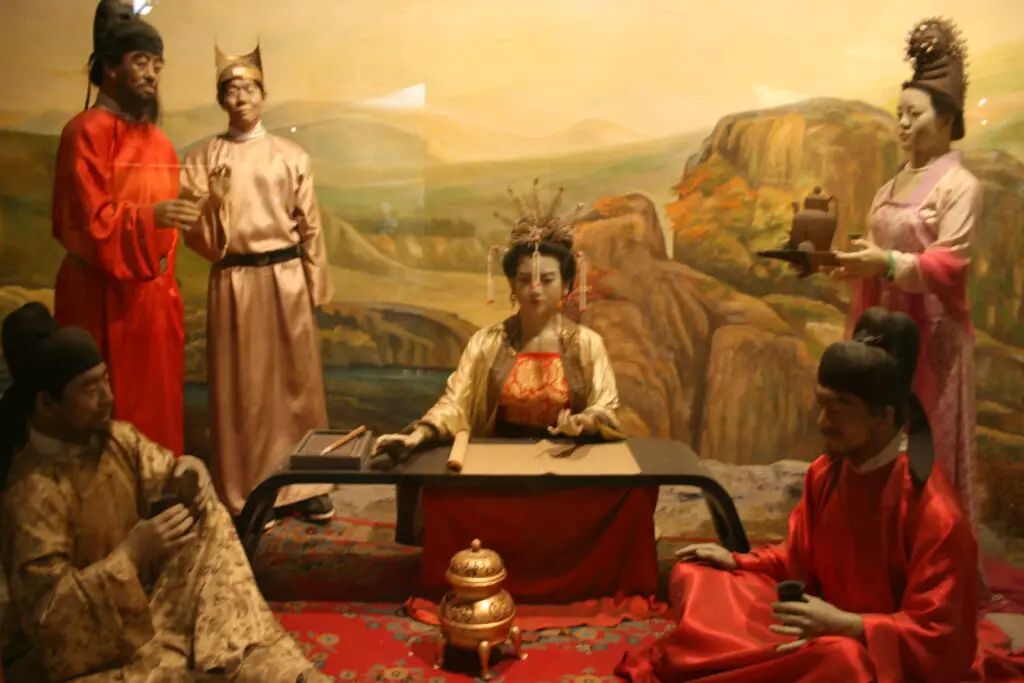
Wu Zetian wasn’t just the first woman to rule China in her own name—she did it with a level of cunning and brilliance that would’ve intimidated any emperor before or after her. Rising from concubinage to the highest seat in the land during the Tang Dynasty, she used intelligence, strategy, and a healthy amount of political savvy to climb the ranks. Wu wasn’t afraid to make big moves, even creating her own dynasty, the Zhou, to solidify her reign. Her reforms elevated the role of women in court and improved the civil service system that lasted for centuries says India Today.
Of course, she didn’t make many history textbooks. She’s often portrayed as cruel or manipulative, but that’s the kind of label powerful women get, especially when they rewrite the rules. Wu Zetian ruled with an iron fist and an educated mind, balancing brutal politics with visionary governance. The fact that her legacy still echoes in modern Chinese politics says something. Schools rarely highlight her, but she should be studied alongside rulers like Caesar or Napoleon. Wu wasn’t just powerful—she was transformative.
2. Queen Nzinga of Ndongo and Matamba
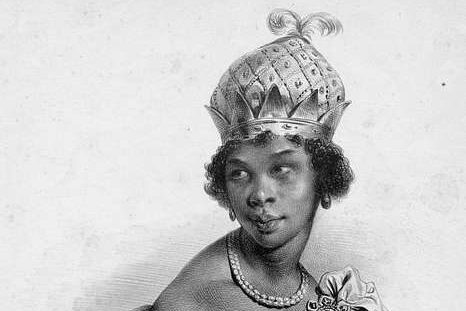
Queen Nzinga didn’t play by colonial rules—and she didn’t let the Portuguese walk all over her people, either. In what is now Angola, Nzinga became a thorn in the side of European colonizers during the 17th century, using diplomacy, military alliances, and pure grit to resist slavery and imperialism. She famously held her own in negotiations by refusing to sit lower than her Portuguese counterparts—ordering a servant to become her makeshift throne. That moment alone could fill a classroom shares Miami Herald.
She was a fierce military leader and strategist who adapted to every challenge thrown at her. Nzinga formed alliances with the Dutch, waged guerrilla warfare, and held off colonial advances for decades. Her story isn’t some hidden legend—it’s documented history. Yet somehow, she’s barely mentioned outside of African studies. For generations of girls who are taught that resistance is futile, Nzinga’s life says otherwise. She didn’t just survive colonization—she led the fight against it adds Time Magazine.
3. The Trung Sisters

In the first century AD, two Vietnamese sisters—Trung Trac and Trung Nhi—did what no Roman emperor could: lead a successful rebellion against an occupying superpower. The Han Chinese had taken over Vietnam, but the sisters had had enough. They gathered a grassroots army of farmers and aristocrats alike, rallying people who were tired of losing their land, language, and dignity. Within months, they reclaimed over 60 fortresses shares Washington Post.
And they did all this in a time when women were barely acknowledged as more than property. They ruled for three years before the Han struck back, but their legacy didn’t end in battle. Today, they’re national heroines in Vietnam, though they’re still left out of global history discussions. You won’t find their names in most world history textbooks, but in Vietnam, streets and statues honor their bravery. They didn’t just fight for freedom—they became symbols of it.
4. Hatshepsut of Egypt
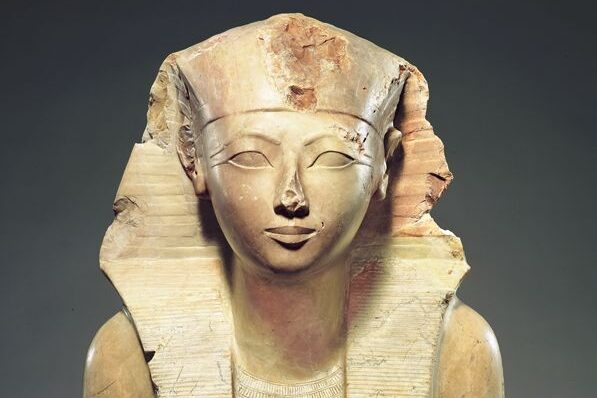
Hatshepsut declared herself Pharaoh in ancient Egypt when women weren’t supposed to hold that title, and she didn’t just sit on the throne—she redefined it. She ruled for over two decades, dressed in traditional male regalia, including a false beard, to assert her authority. But she wasn’t just about appearances. Her reign was one of peace, prosperity, and architectural innovation, including the iconic temple at Deir el-Bahri.
You’d think someone like that would be in every textbook, right? Instead, later pharaohs tried to erase her name from monuments and official records. Still, archaeologists have pieced together enough to know she was one of Egypt’s most effective rulers. Her trade expeditions expanded Egypt’s wealth and influence in ways that outshone many of her male predecessors. Hatshepsut didn’t just break the rules—she rewrote the whole manual on leadership.
5. Queen Tamar of Georgia
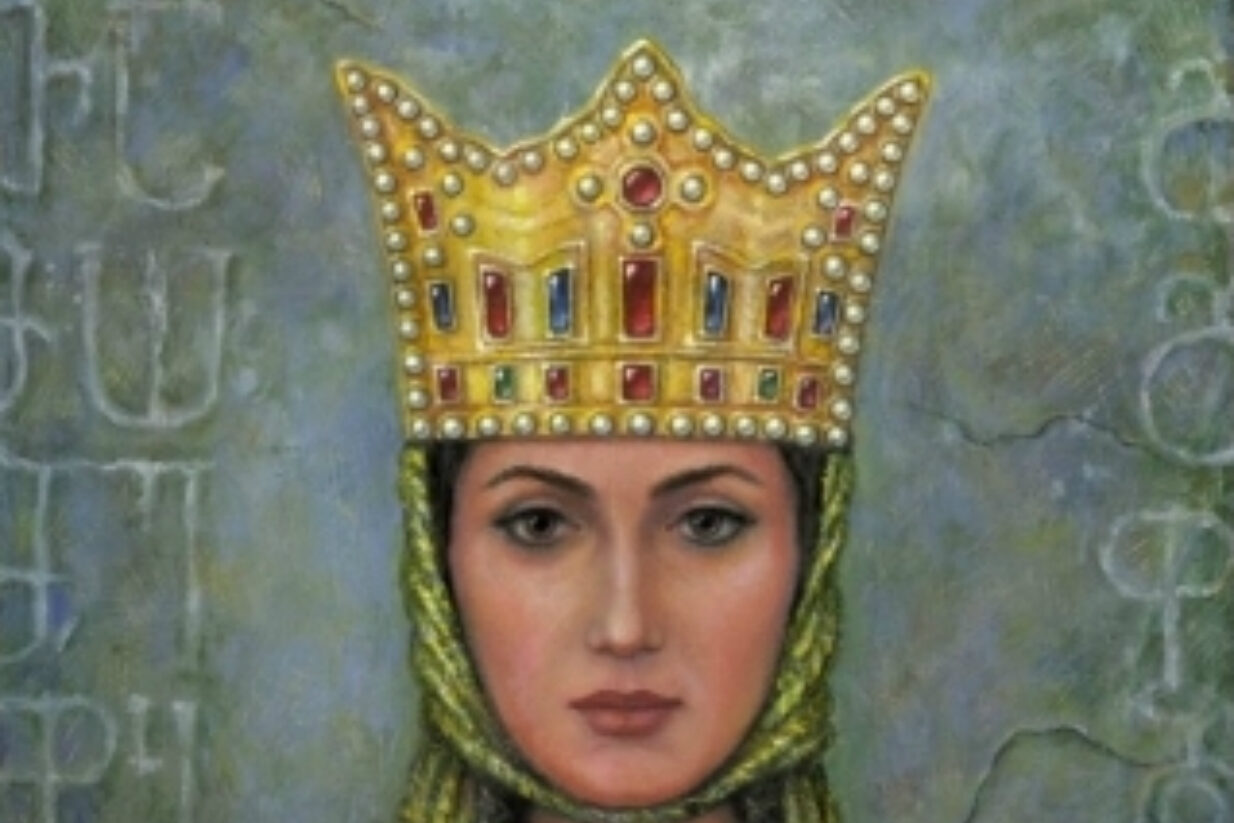
In the 12th century, Queen Tamar led the medieval kingdom of Georgia into its Golden Age. Yes, a woman was at the helm while her male counterparts across Europe were still fighting over thrones and crusades. She expanded Georgia’s territory, reformed the legal system, and supported the arts so well that poets called her rule “heaven on earth.” Even her nobles called her “King Tamar” because her leadership went beyond the expectations of her gender.
She wasn’t some figurehead tucked behind a curtain. Tamar led military campaigns and made bold decisions that turned Georgia into a cultural and economic powerhouse. Her enemies underestimated her—and regretted it. Somehow, though, most world history classes skip her entirely. Tamar’s reign proves that the Middle Ages had room for women to shine—but only if we remember to tell their stories.
6. Boudica of the Iceni
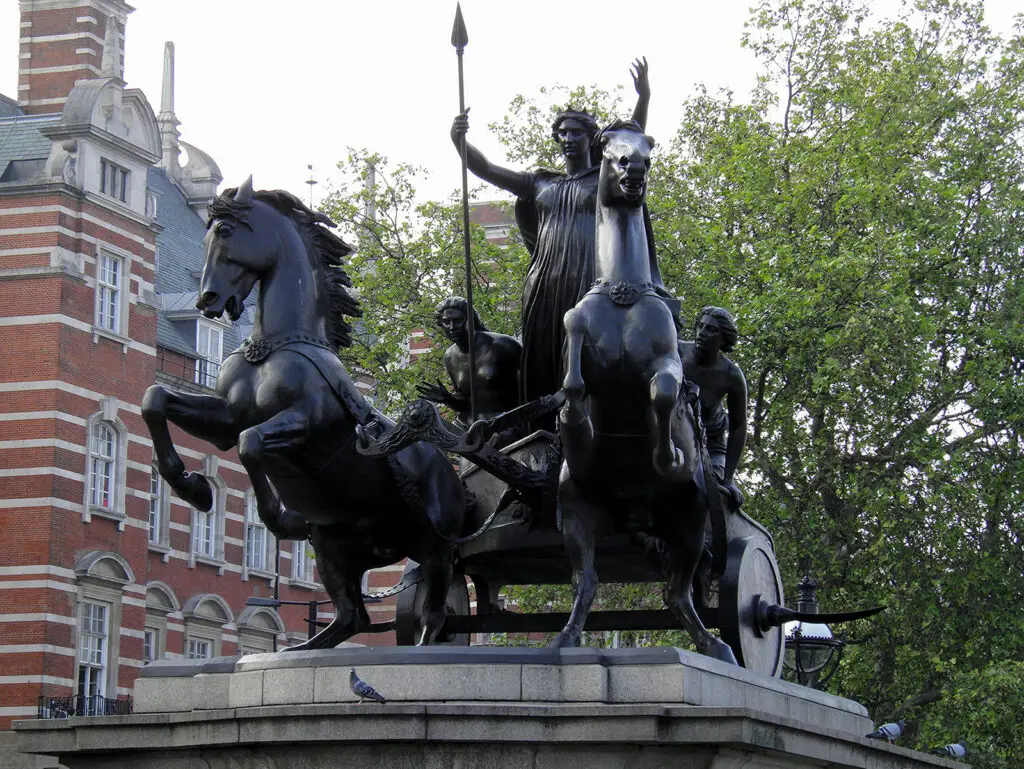
Boudica’s story reads like an epic revenge movie. When the Romans took her land, flogged her, and assaulted her daughters, she didn’t crumble—she raised an army. The Celtic queen led a rebellion in 60 AD that shook the Roman Empire to its core. She destroyed Roman settlements, including what’s now modern-day London, and had generals scrambling to stop her.
Boudica’s campaign didn’t end in victory, but it left an impression. She became a symbol of resistance in Britain for centuries afterward. Still, her name is barely mentioned outside of specialized history courses. She wasn’t just brave—she was revolutionary. Imagine what kids might think if they knew their history had a warrior queen in it.
7. Lakshmibai, the Rani of Jhansi
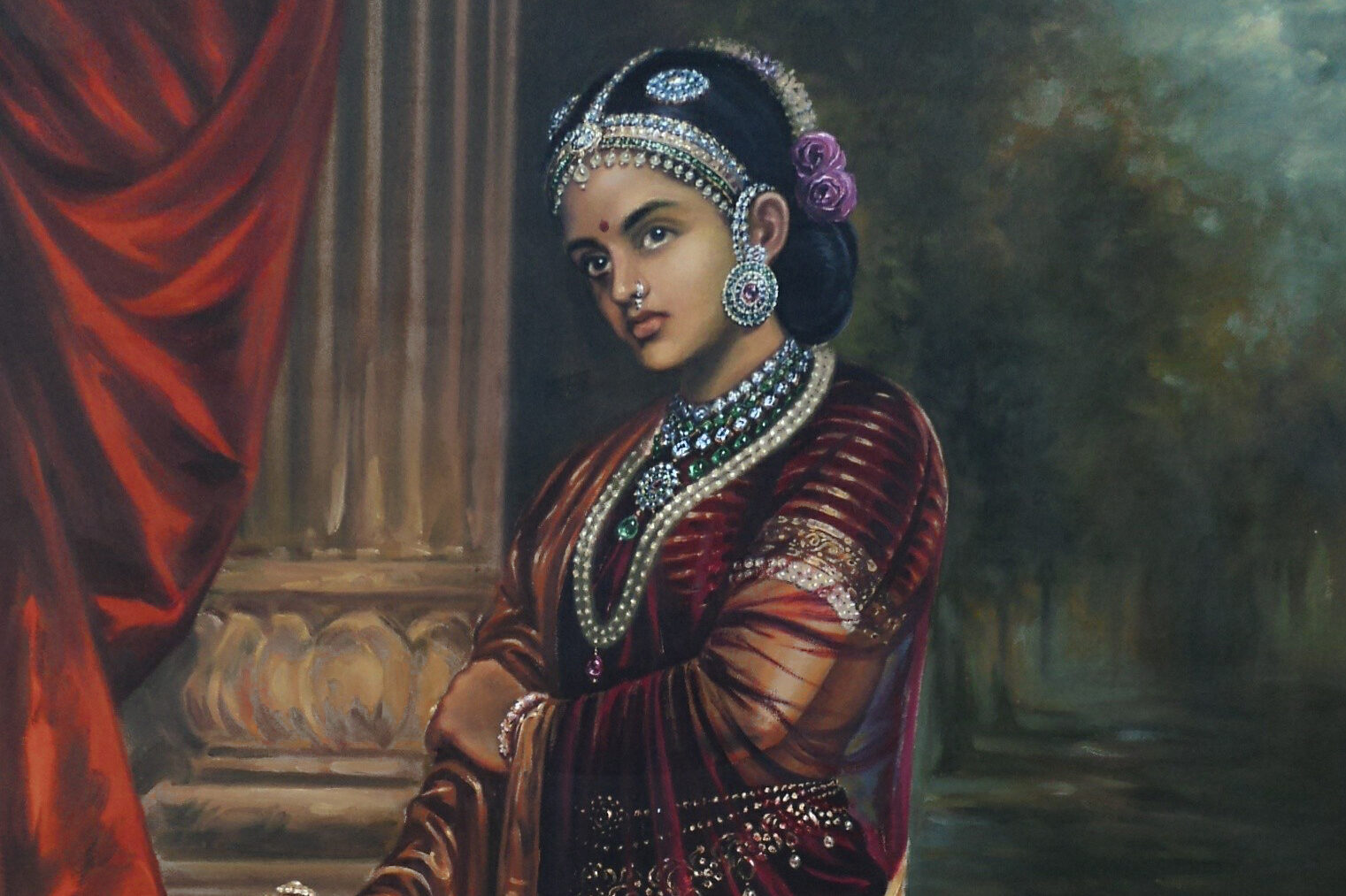
Lakshmibai was only in her twenties when she became one of the leading figures in the Indian Rebellion of 1857. When the British East India Company tried to annex her kingdom using legal loopholes, she took up arms. Dressed in a sari and wielding a sword, she led troops into battle on horseback with her infant son strapped to her back. The image alone is iconic—but it’s the courage behind it that makes her unforgettable.
She became a martyr in the fight for Indian independence and a national symbol of resistance. Yet she rarely shows up in Western textbooks about colonialism. Lakshmibai didn’t ask for power—she fought for justice. And she died defending her people. Her story deserves more than a footnote in history.
8. Queen Seondeok of Silla
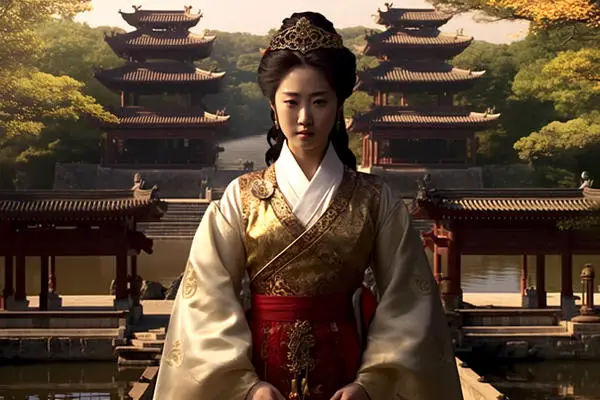
In 7th-century Korea, Queen Seondeok became the first female ruler of Silla, one of the Three Kingdoms. Her reign was marked by intellectual growth, religious reform, and military resilience. She built one of the earliest astronomical observatories, encouraged the spread of Buddhism, and improved infrastructure to unite the kingdom. Her political acumen kept her in power despite resistance from male nobles who thought she was just a placeholder.
But Seondeok wasn’t anyone’s puppet. She anticipated invasions and formed key alliances to protect her people. Her story is full of strategy and strength, yet most people outside Korea have never heard of her. Seondeok’s leadership helped shape Korea’s future, but it’s still mostly ignored in world history classes. A woman who reads the stars and defends her kingdom? That’s the kind of queen kids should learn about.
9. Isabella I of Castile
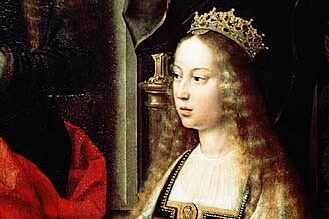
Long before Queen Elizabeth I made waves in England, Isabella of Castile was making history in Spain. She united two kingdoms through her marriage to Ferdinand and kicked off the Spanish Renaissance. While some of her policies—like the expulsion of Jews—were deeply controversial, her political impact is undeniable. She funded Columbus’ voyage, reshaped European politics, and established Spain as a global empire.
Isabella was called “the Catholic” for her religious zeal, but she was also a powerhouse negotiator and ruler. She reformed the legal system and cleaned up corruption in the Church. Yet, her legacy is often tied only to Columbus, and not to her own leadership. She wasn’t a woman behind the throne—she sat on it firmly. And she deserves to be seen in the full complexity of her rule.
10. Zenobia of Palmyra
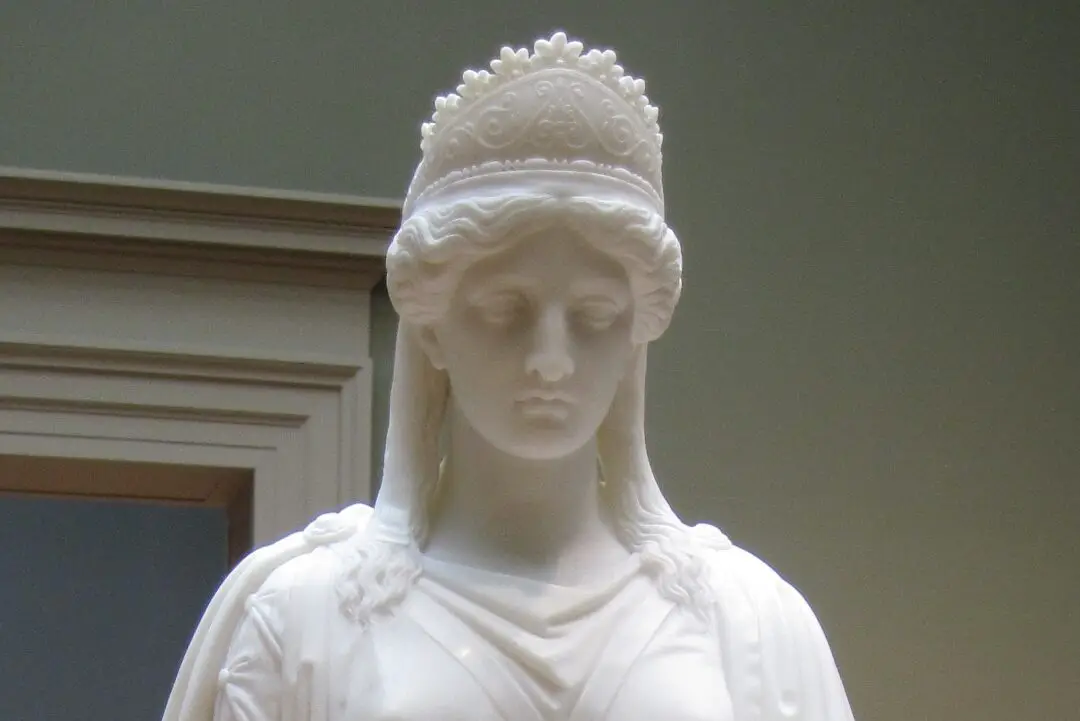
Zenobia ruled over Palmyra, a city in modern-day Syria, and dared to challenge the Roman Empire. In the 3rd century, she expanded her territory through military might and declared independence from Rome. For a few glorious years, she ruled Egypt and much of the Eastern Roman provinces. She was fluent in several languages, studied philosophy, and held court with scholars.
When the Romans finally captured her, they paraded her through the streets of Rome—but even that couldn’t erase her legend. Zenobia was one of the few rulers who stood up to the empire and made them sweat. Still, her name rarely comes up in classrooms. She wasn’t just a rebel queen—she was a visionary who built her own empire from the desert.
11. Lozen of the Apache

Lozen wasn’t a queen or an empress, but her power came from a different source: pure skill and unshakable spirit. A warrior and spiritual leader of the Apache, she fought alongside her brother Victorio in the late 1800s against American and Mexican forces trying to take their land. Lozen was known for her bravery in battle and her ability to sense the movement of enemies—a gift believed to come from the divine.
While Geronimo is a household name, Lozen is often left out of the story. She helped protect women and children during dangerous crossings and returned to the front lines without hesitation. Her life was filled with hardship, but she never backed down. Her story is a reminder that resistance didn’t just come from generals or presidents—it came from women with grit.
12. Æthelflæd, Lady of the Mercians
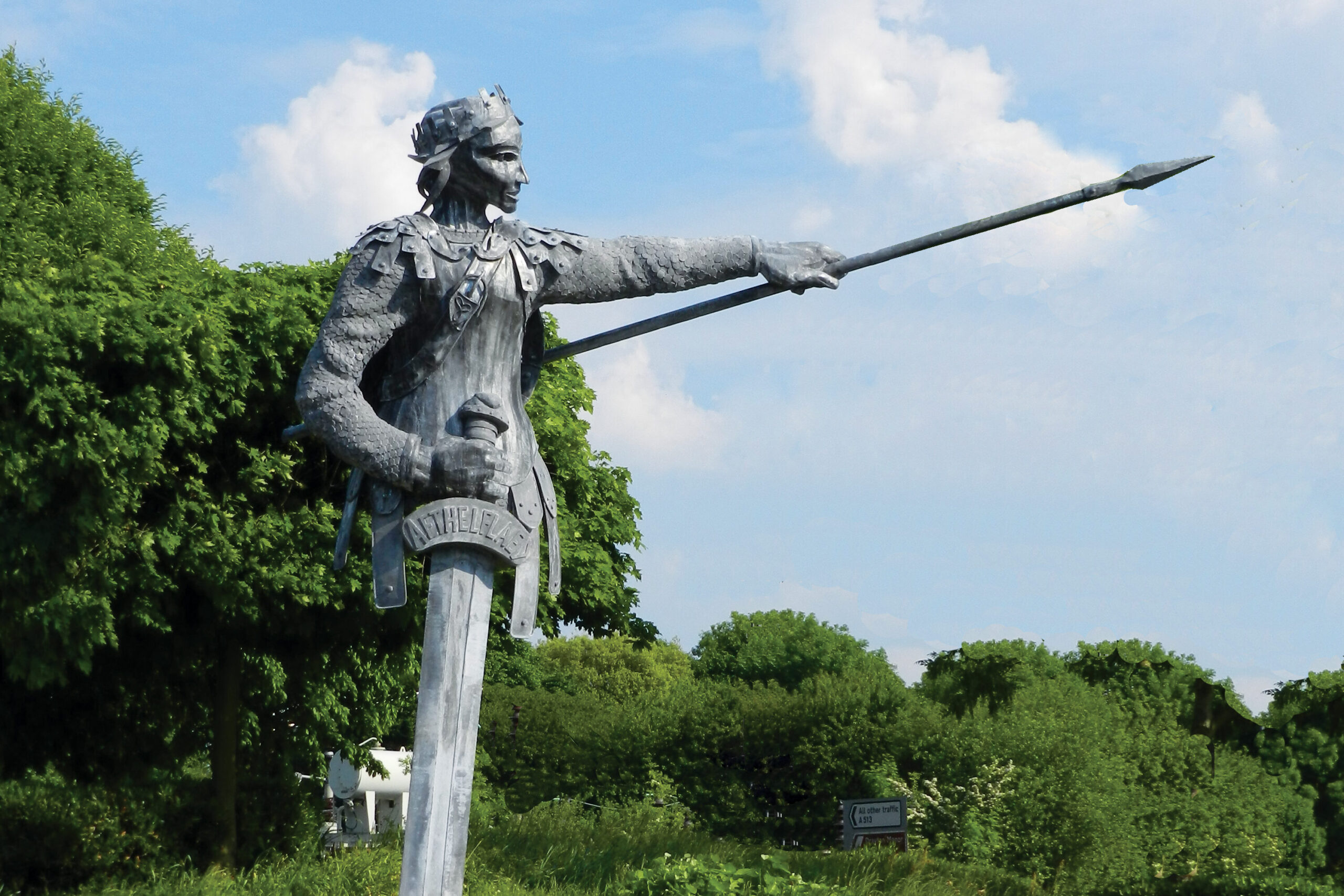
Æthelflæd may not have had the title of queen, but she ruled like one. As the daughter of Alfred the Great, she inherited both the bloodline and the brilliance to lead. When her husband died, she took command of Mercia and defended it fiercely from Viking invasions. Her military campaigns helped set the stage for England’s unification.
She built fortresses, reclaimed cities, and earned respect from allies and enemies alike. Æthelflæd was one of the few women of her time who led armies—and won. But history often buries her under the achievements of her male relatives. If more kids learned about her in school, they’d see that England’s strength was shaped by women as well as kings. She was every bit the warrior and ruler history says she wasn’t.
